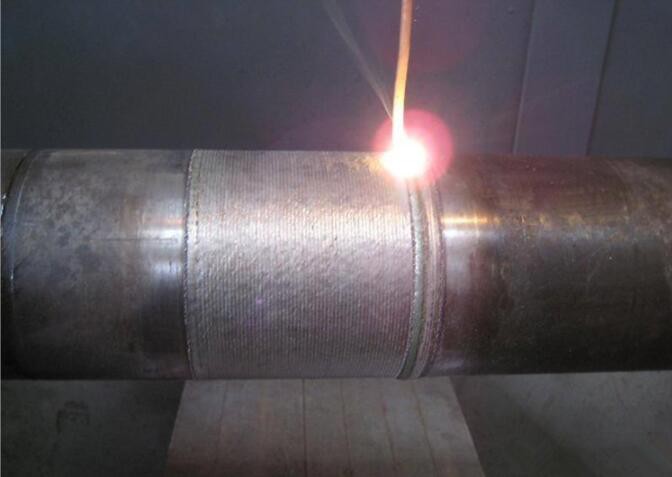- English
- French
- German
- Portuguese
- Spanish
- Russian
- Japanese
- Korean
- Arabic
- Greek
- German
- Turkish
- Italian
- Danish
- Romanian
- Indonesian
- Czech
- Afrikaans
- Swedish
- Polish
- Basque
- Catalan
- Esperanto
- Hindi
- Lao
- Albanian
- Amharic
- Armenian
- Azerbaijani
- Belarusian
- Bengali
- Bosnian
- Bulgarian
- Cebuano
- Chichewa
- Corsican
- Croatian
- Dutch
- Estonian
- Filipino
- Finnish
- Frisian
- Galician
- Georgian
- Gujarati
- Haitian
- Hausa
- Hawaiian
- Hebrew
- Hmong
- Hungarian
- Icelandic
- Igbo
- Javanese
- Kannada
- Kazakh
- Khmer
- Kurdish
- Kyrgyz
- Latin
- Latvian
- Lithuanian
- Luxembou..
- Macedonian
- Malagasy
- Malay
- Malayalam
- Maltese
- Maori
- Marathi
- Mongolian
- Burmese
- Nepali
- Norwegian
- Pashto
- Persian
- Punjabi
- Serbian
- Sesotho
- Sinhala
- Slovak
- Slovenian
- Somali
- Samoan
- Scots Gaelic
- Shona
- Sindhi
- Sundanese
- Swahili
- Tajik
- Tamil
- Telugu
- Thai
- Ukrainian
- Urdu
- Uzbek
- Vietnamese
- Welsh
- Xhosa
- Yiddish
- Yoruba
- Zulu
How To Weld Refractory Metal To Steel?
2024-01-05 18:05:21
How To Weld Refractory Metal To Steel?
Jun 23, 2020
Common Nb, Mo, W and other refractory metals have poor weldability and are easy to be oxidized and nitrided at high temperatures, resulting in welding cracks and embrittlement of weld metals and heat-affected zones. It is mainly manifested in the following aspects:

(1) Embrittlement of weld metal and heat-affected zone
Welding heat cycle makes Nb, Mo, W and their alloys resolid solution by heating the broken brittle film on the grain boundary and precipitation along the grain boundary in the subsequent cooling process. At the same time, the total area of grain boundary decreases and the impurity content increases, which results in embrittlement, plasticity reduction and plastic-brittle transition temperature increase of weld metal and heat-affected zone. If the welding protection is not good, the amount of oxygen and hydrogen in the weld metal increases, which will also cause the embrittlement of the weld metal. When impurity elements such as C, Si and S enter the weld metal, they will also cause the effects of oxygen and nitrogen.
(2) Welding cracks and pores
Nb, Mo and W have high elastic modulus and welding stress, and the welded joints are easy to embrittlement. Therefore, when the impurity content is high and the constraint degree is large, welding cracks are easy to occur. Measures to reduce crack tendency are:
(1) To prevent contamination of impurities on weld metal;
(2) As far as possible to reduce the restraint of welding joints;
(3) Preheat the plastic brittle transition temperature higher than the base material before welding, and immediately after welding heat lower than the recrystallization temperature of the base material.
The use of pulse welding to destroy the weld metal crystal direction.
(3) Sensitivity of stress concentration
Nb, Mo, W and their alloys are sensitive to stress concentration due to their high plastic brittle transition temperature. Therefore, it is necessary to avoid the occurrence of defects such as edge bite and lack of penetration during welding. After welding, the ripples on the surface of the weld shall be removed and the transition zone between the weld and the base material shall be smooth, which is conducive to the prevention of brittle fracture of the welded joint.
The weldability of steel with Nb, Mo and W mainly depends on the performance of Nb, Mo and W. These refractory metals react strongly with oxygen in the air at high temperature, and are prone to produce defects such as pores, joint embrittlement and cracks in the welding process. Impurities in metals have great influence on their mechanical properties, deformability and weldability.
Nb, Mo, W and other metals adsorb, dissolve, diffuse and interact with gas to form oxides, nitride and hydrides, causing severe embrittlement of welded joints and significantly reducing the mechanical properties of welded joints.
Nb has good weldability while Mo and W have poor weldability. For example, when molybdenum contains only O2 0.002%, C 0.00% and N2 0.008%, these impurities precipitate out with the metal to form brittle phases such as oxides, nitride and carbides, which are mostly distributed at the product boundary and easily produce crystal cracks under the action of welding stress.
When welding Nb, Mo, W with Fe, Ni, Co and other materials, the solubility of Nb, Mo and W metal is reduced due to the big difference in physical and chemical properties between them, and most of them exist in finite mutual solubility, and a series of brittle compounds can be formed. Moreover, their melting point and line expansion coefficient are very different, and they are prone to generate great thermal stress and welding defects in the welding process, which will also increase the crack sensitivity.
When welding steel with Nb, Mo, W and other refractory metals, the following corresponding technological measures must be taken:
(1) add appropriate alloy elements in the weld, so that it can not only with Nb, Mo, W, and the main elements in the steel to form infinite mutual solubility or greater solid solution.
(2) add good plasticity and good welding with Nb, Mo, W and steel intermediate metal layer.
It is the most effective method to apply brazing welding technology to Nb, Mo and W only by using steel fusion welding.
YOU MAY LIKE